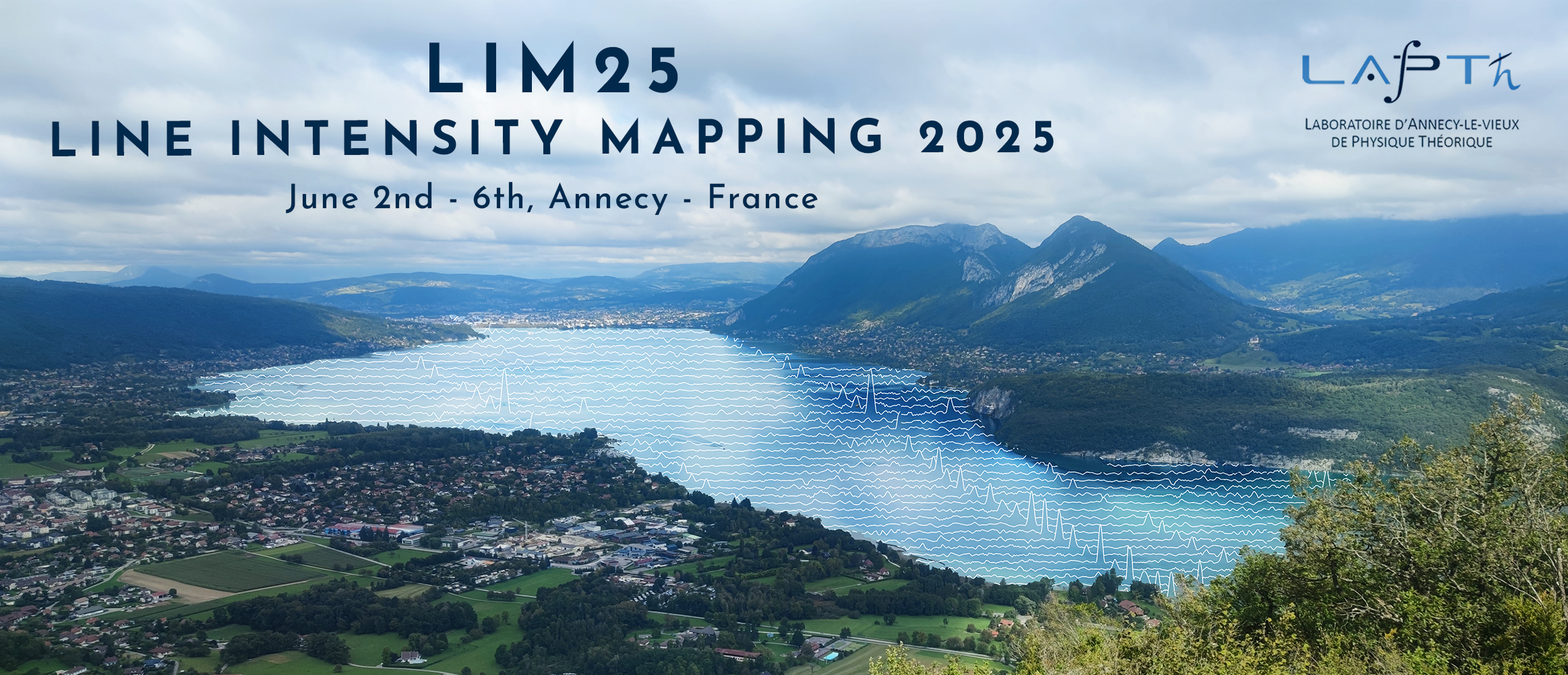Présidents de session
Contributed Talks 6: ALMA/TIME/CCAT
- Jonathan Clarke (University of Cologne)
- Christos Karoumpis (University of Bonn)
- Dongwoo Chung (Cornell University)
- Ankur Dev (AIfA, University of Bonn)
In anticipation of upcoming line-intensity mapping (LIM) experiments targeting CO and [CII] emission at z > 4, we have analyzed archival data from the Atacama Large Millimeter/submillimeter Array (ALMA) to place new constraints on CO(J_up = 3–6) line emission from galaxies at z = 1–5. Focusing on the well-studied COSMOS field, we take advantage of ALMA archival observations to probe the small,...
TIME is a 200-300 GHz grating analogue spectrometer with a TES focal plane, operating from the Arizona Radio Observatory on Kitt Peak, Arizona. The degree-wide linear field of view, spanned by 16 dual-polarisation feeds with instantaneous spectrometry, makes TIME an excellent pathfinder for mm-wave line-intensity mapping. This talk will provide a general status update on how we continue to...
The components of FYST (the Fred Young Submm Telescope) are arriving in Chile at the time of writing (March 2025) and the assembly of the observatory is anticipated to finish in the second half of 2025. In early 2026 we expect first light with Prime-Cam, a modular receiver for FYST, with the EoR-Spec (Epoch of Reionization Spectrometer) instrument module being deployed later that year, setting...
The Epoch of Reionization Spectrometer (EoR-Spec) on the Fred Young Submillimeter Telescope (FYST) will conduct a Line Intensity Mapping (LIM) survey in the frequency range from 210 to 420 GHz, targeting the [CII] emission across redshifts 3.5 to 8.0. EoR-Spec observations are affected by atmospheric noise, correlated signals and systematics that impact power spectrum measurement. To...

